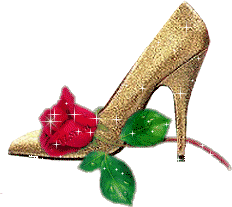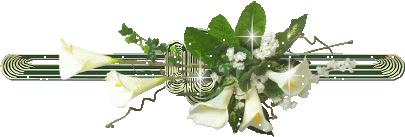 Garlic's (Allium sativum) health benefits and medicinal properties have long been known. Garlic has long been considered a herbal "wonder drug", with a reputation in folklore for preventing everything from the common cold and flu to the Plague! It has been used extensively in herbal medicine (phytotherapy, sometimes spelt phitotherapy).
Garlic's (Allium sativum) health benefits and medicinal properties have long been known. Garlic has long been considered a herbal "wonder drug", with a reputation in folklore for preventing everything from the common cold and flu to the Plague! It has been used extensively in herbal medicine (phytotherapy, sometimes spelt phitotherapy).Raw garlic is used by some to treat the symptoms of acne and there is some evidence that it can assist in managing high cholesterol levels. It can even be effective as a natural mosquito repellent.
Modern science has shown that garlic is a powerful natural antibiotic. Studies have shown that garlic - especially aged garlic - can have a powerful antioxidant effect. Antioxidants can help to protect the body against damaging "free radicals".
Raw garlic is very strong, so eating too much could produce problems, for example irritation of or even damage to the digestive tract. Symptoms of garlic allergy include skin rash, temperature and headaches. Also, garlic could potentially disrupt anti-coagulants, so it's best avoided before surgery. As with any medicine, always check with your doctor first and tell your doctor if you are using it.
Garlic has been used as both food and medicine in many cultures for thousands of years. It is claimed to help prevent heart disease including atherosclerosis, high blood pressure, and cancer. With garlic supplementation significantly reducing aortic plaque deposits of cholesterol-fed rabbits. Study showed that supplementation with garlic extract inhibited vascular calcification in human patients with high blood cholesterol. The known vasodilative effect of garlic is possibly caused by catabolism of garlic-derived polysulfides to hydrogen sulfide in red blood cells, a reaction that is dependent on reduced thiols in or on the RBC membrane. Hydrogen sulfide is an endogenous cardioprotective vascular cell signaling molecule.
Animal studies, and some early investigational studies in humans, have suggested possible cardiovascular benefits of garlic. A Czech study found garlic supplementation reduced accumulation of cholesterol on vascular walls of animals.
In 2007, the BBC reported that garlic may have beneficial properties, such as preventing and fighting the common cold. This assertion has the backing of long tradition in herbal medicine, which has used garlic for hoarseness and coughs. The Cherokee also used it as an expectorant for coughs and croup. Garlic has been found to reduce platelet aggregation and hyperlipidemia. Garlic is also alleged to help regulate blood sugar levels. Regular and prolonged use of therapeutic amounts of aged garlic extracts lower blood homocysteine levels, and has shown to prevent some complications of diabetes mellitus. People taking insulin should not consume medicinal amounts of garlic without consulting a physician.
In 1858, garlic was used as an antiseptic to prevent gangrene during World War I and World War II. In modern naturopathy, garlic is used as a treatment for intestinal worms and other intestinal parasites, both orally and as an anal suppository. Garlic cloves are used as a remedy for infections (especially chest problems), digestive disorders, and fungal infections such as thrush. Garlic has been reasonably successfully used in AIDS patients to treat cryptosporidium in an uncontrolled study in China. It has also been used by at least one AIDS patient to treat toxoplasmosis, another protozoal disease. Garlic supplementation in rats along with a high protein diet has been shown to boost testosterone levels.
In general, a stronger tasting clove of garlic has more sulphur content and hence more medicinal value it's likely to have. Some people have suggested that organically grown garlic tends towards a higher sulphur level and hence greater benefit to health.












 Simply true if not abused. Everyday as I look at the horizon I can see something amazing! Gods power is felt everywhere. The power that lights up the world, kept it in place, calms it with sweet music of silence and painted it with colors perfectly blended with nature. Who among us that can't appreciate such blessings? Life offers opportunities with no boundaries, wisdom and knowledge with no limit, beauty beyond compare, and happiness beyond comprehension. Life is good...let's save it, protect it and enjoy the most of it.
Simply true if not abused. Everyday as I look at the horizon I can see something amazing! Gods power is felt everywhere. The power that lights up the world, kept it in place, calms it with sweet music of silence and painted it with colors perfectly blended with nature. Who among us that can't appreciate such blessings? Life offers opportunities with no boundaries, wisdom and knowledge with no limit, beauty beyond compare, and happiness beyond comprehension. Life is good...let's save it, protect it and enjoy the most of it.

